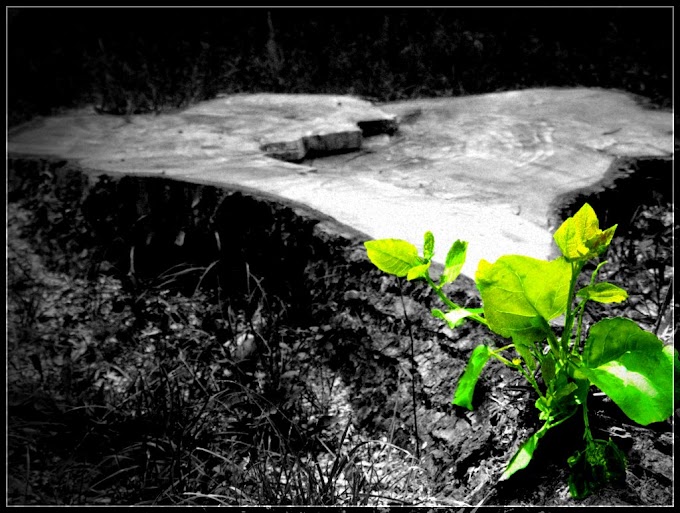 So I have been writing stories since my childhood. Be it making up stories in my head to avoid homework or be it for submitting stories online for a competition, stories have always come naturally to me. What doesn't come naturally to any writer is script writing. Having a story to tell and writing a script out of it are two very different things. So let's have a look at the stages of script writing which can help you churn out a good script.
So I have been writing stories since my childhood. Be it making up stories in my head to avoid homework or be it for submitting stories online for a competition, stories have always come naturally to me. What doesn't come naturally to any writer is script writing. Having a story to tell and writing a script out of it are two very different things. So let's have a look at the stages of script writing which can help you churn out a good script.
Stage 1: Logline and Characters
Logline is a one or two sentence description of your story which excites the reader to read your story. It might sound easy but this is the most time consuming part as you have to be careful enough to not give out your entire plot and at the same time you have to ensure that you don't miss out on something which can be an exciting read.
Once you have developed your logline, proceed to your character development. What this means is that you have to put down every minute detail about your character. Realistically speaking you are imagining a person in your head, the more details you give out to people about that person will help the readers and the audience to understand your character better. How he dresses and why? What does he like, what are his goals? so on and so forth are the questions you need to answer along with his physical description.
Stage 2: Outline
Once you are done with the logline and character development, you can now move on to creating an outline for your story. Outline is basically the high points of your story. The conventional storytelling follows the three act structure so if your average screenplay if of say 120 pages then divide them into 3 equal parts of 40 pages each and at the end of every 40th page you must have a pinch point in your story. Essentially first act is for character development, second for obstacles and crisis introduction and third act is for resolutions.
Stage 3: Write the story treatment
First write down your story scene by scene, this will be your rough draft. Then once that is finalized, think about the treatment you want to give to your world. The treatment will decide the final length of your script. For example, a very general treatment is to clock the script around 30 pages.
Stage 4: Writing the Script
Now that you have everything; characters, outline, story treatment and everything that you need to develop a fictional world, you need to start on your script. The rule show not tell comes into play here. You have to describe things tactfully. For example "He was upset" won't work, instead you will have to write "He couched on his sofa seat and stared blankly at the ceiling". This is merely an example of how actions can be used to convey emotions and not just put them as an emotion outright because onscreen you can't show "he was upset" in any way without an action conveying the same.
You can use the software called Celtx Studio for all the above and manage all the steps quite easily. Moreover it's free so it is the best tool out there for beginners.
Stage 5: Write Your Script, more than once
Yes you read that right, you have to rewrite your script more than once. Make sure you don't fall into the trap of getting feedback from professional writers and script readers because they have a different view than others and they won't be always helpful.
Lastly keep your passion high all the time, even when you are low and tired of writing and editing a million times. Know that the story you want to tell, needs to be told and you have to complete it.




_(cropped).jpg)



0 Comments